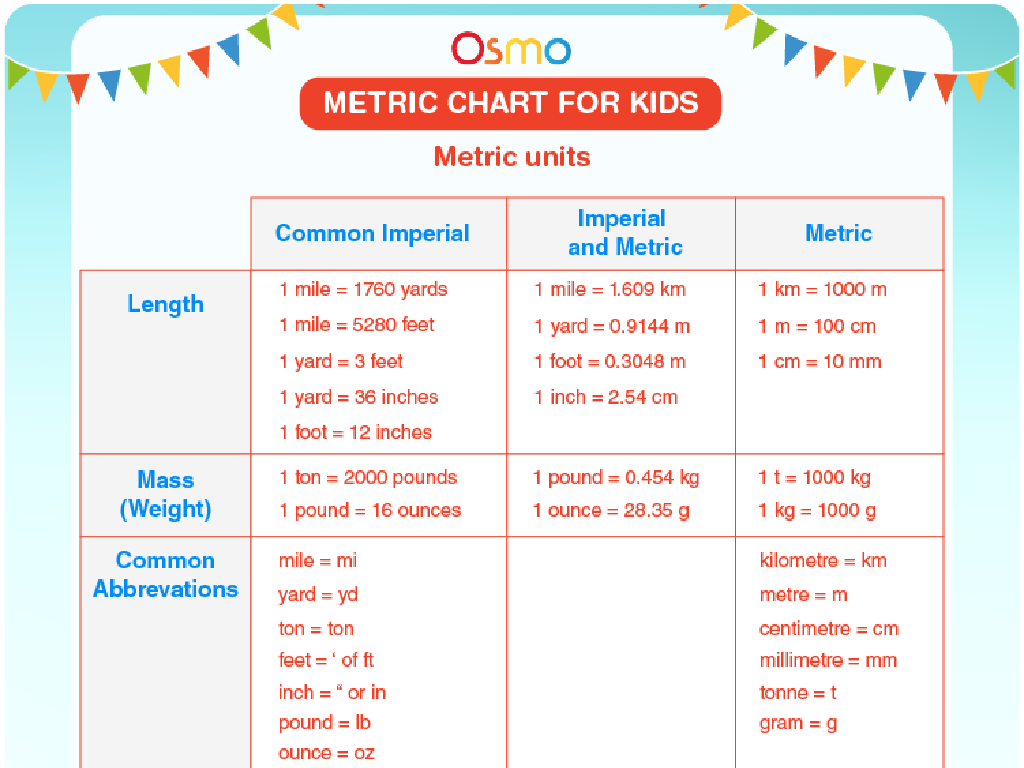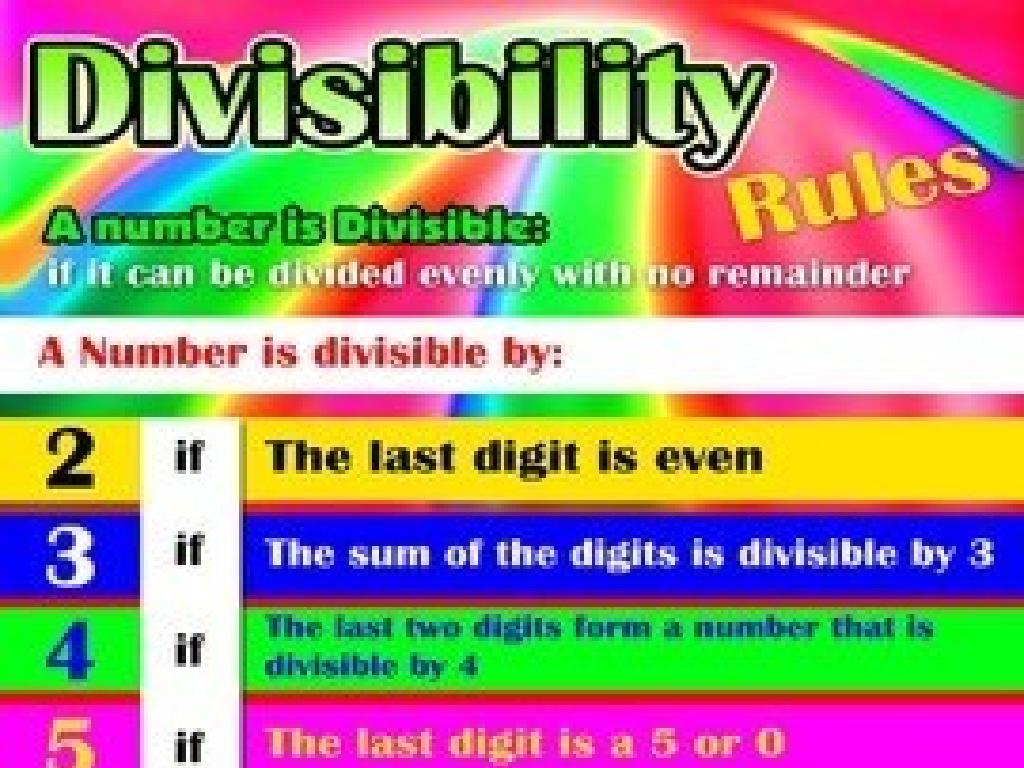Cities Of The West
Subject: Social studies
Grade: Fourth grade
Topic: Cities
Please LOG IN to download the presentation. Access is available to registered users only.
View More Content
Exploring Cities of the West
– What defines a Western city?
– Cities in the Western U.S. have unique features and history.
– Characteristics of a city
– Cities have many people, buildings, and are busy places.
– Western cities’ geography
– Located in the Western part of the U.S., often near mountains or the ocean.
– Fun facts about these cities
– Did you know Los Angeles is known for movies and Seattle for coffee?
|
This slide introduces students to the concept of Western cities, focusing on their defining characteristics and geographical location. Emphasize that cities are larger than towns or villages, have a higher population, and more buildings. Discuss the unique aspects of Western cities, such as their proximity to natural landmarks like mountains and the Pacific Ocean. Share interesting facts to pique students’ interest, such as the prominence of the film industry in Los Angeles or the tech industry in San Francisco. Encourage students to think about what makes their city or a city they’ve visited unique.
Exploring Cities of the West
– What defines a city?
– A city is a large human settlement with complex systems.
– City vs. Town vs. Village
– Cities are larger than towns and villages, with more services.
– Key characteristics of cities
– Cities have large populations, many services, and developed infrastructure.
– Cities: Hubs of activity
|
This slide introduces students to the concept of a city and how it differs from towns and villages. Emphasize that cities are significant for their size, the number of services they offer, and their well-developed infrastructure, which includes roads, buildings, and utilities. Discuss the role of cities as centers of economic, political, and cultural activities. Use examples from the West to illustrate these points, such as Los Angeles known for its entertainment industry or San Francisco for its technological hub. Encourage students to think about their local city and what makes it unique compared to smaller communities.
History of Western Cities
– Origins of Western cities
– Settled for trade, farming, and mining
– Impact of the Gold Rush
– Gold Rush attracted thousands, sparking city growth
– Migration patterns
– People moved for jobs, land, and opportunities
– Railroad expansion role
– Railroads connected cities, boosting economy and growth
|
This slide provides a historical overview of the development of cities in the Western United States. Begin with a discussion on the early reasons for settlement in the West, such as trade, agriculture, and mining opportunities. Highlight the Gold Rush of the mid-1800s as a pivotal event that led to a population boom and the rapid expansion of cities. Discuss migration trends, including the Homestead Act and the search for new livelihoods, which further contributed to city growth. Lastly, explain the critical role of the railroad system in connecting distant cities, facilitating trade, and encouraging further expansion and development. Use maps and historical images to help students visualize the growth of Western cities over time.
Economy of Western Cities
– Major industries in the West
– Tech, entertainment, tourism, and agriculture
– Geography’s impact on economy
– Mountains, coastlines, and climate shape economy
– Tech industry as economic driver
– Silicon Valley for tech, Hollywood for movies
– Entertainment and agriculture roles
– Farming in valleys and plains, California’s Central Valley
|
This slide explores the diverse economy of cities in the Western United States. Students will learn about the major industries such as technology, entertainment, and agriculture that thrive in this region. Emphasize how the unique geography, including mountains and coastlines, contributes to the economic success by providing resources and opportunities for trade. Use Silicon Valley as an example of how a region can become a global hub for technology, and Hollywood as a center for the entertainment industry. Discuss the importance of agriculture, highlighting areas like California’s Central Valley, which is known for its fertile land and agricultural output. Encourage students to think about how these industries affect their daily lives and the lives of those who live in the West.
Culture and Lifestyle in Western Cities
– Diversity in western cities
– Many cultures live together, sharing traditions and languages.
– Cultural landmarks and events
– Famous museums, festivals like the rodeo, and historical parades.
– Daily life in a western city
– Busy mornings, public transport, and community gatherings.
|
This slide aims to give students a glimpse into the rich cultural tapestry that makes up the western cities of the United States. Emphasize the diversity found in these cities, where people from various backgrounds contribute to a vibrant community life. Discuss cultural landmarks such as museums, theaters, and events that are unique to these cities, like rodeos or local festivals. Describe a typical day in a western city, from the morning rush to the use of public transportation, and the importance of community events. Encourage students to think about how these aspects of culture and daily life compare to their own experiences and to consider the value of diversity in creating a dynamic city environment.
Famous Cities of the West
– Los Angeles: City of Angels
– Known for Hollywood and beaches
– San Francisco: Golden Gate City
– Famous for the Golden Gate Bridge
– Seattle: The Emerald City
– Renowned for lush green spaces
– Denver: The Mile High City
– Named for its elevation at 5,280 feet
|
This slide introduces students to some of the most iconic cities in the Western United States, each with a unique nickname that reflects its culture and characteristics. Los Angeles is famous for its entertainment industry and beautiful beaches. San Francisco is known for its iconic Golden Gate Bridge and historic cable cars. Seattle is celebrated for its natural beauty and greenery, earning it the nickname ‘The Emerald City.’ Denver is called ‘The Mile High City’ because of its elevation exactly one mile above sea level. Encourage students to discuss what makes these cities unique and to explore their cultural and geographical significance.
Environmental Challenges in Western Cities
– Understanding urban sprawl
– Urban sprawl means cities spread into natural areas.
– Water scarcity issues
– Many western cities face limited water supplies.
– Sustainable city initiatives
– Cities are planning to use resources wisely.
– Impact on daily life
|
This slide aims to educate fourth-grade students on the environmental challenges faced by cities in the Western United States. Urban sprawl refers to the expansion of cities into natural habitats, which can affect wildlife and lead to longer commutes. Water scarcity is a significant issue due to the arid climate and growing populations in the West. Discuss how cities are trying to become more sustainable by conserving water, reducing pollution, and using green spaces. Highlight how these efforts can improve the quality of life for residents and protect the environment. Encourage students to think about how these challenges might affect them and what actions they can take to help their city become more sustainable.
Class Activity: Build Your Own Western City!
– Form groups for city model project
– Use crafts to create city elements
– Include housing, businesses, parks
– Present and explain your city design
– Share why you chose certain designs and what makes a city function well
|
This hands-on activity is designed to foster teamwork and creativity as students work together to build a model of a city. Provide a variety of craft materials such as cardboard, construction paper, markers, and glue. Encourage each group to think about the layout and the essential components that make up a city. They should include residential areas, commercial zones, and recreational spaces. After the construction is complete, each group will present their model to the class, explaining the rationale behind their design choices, such as the location of parks or types of businesses. Possible variations for different groups could include focusing on environmental sustainability, historical accuracy, or incorporating technology and transportation systems.






